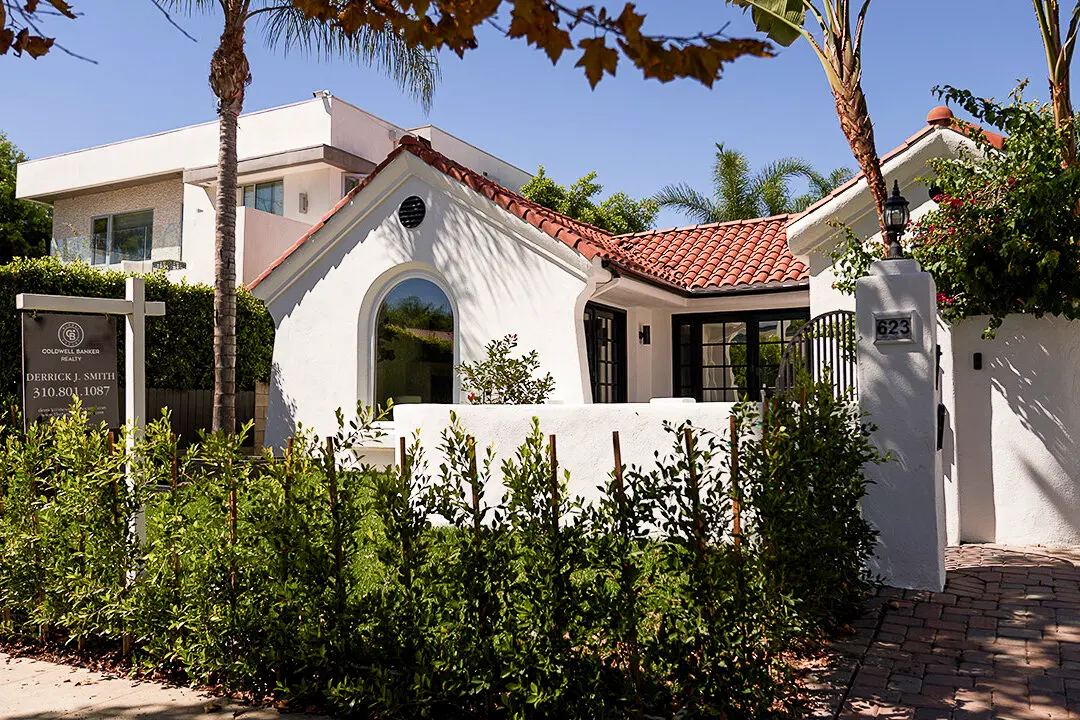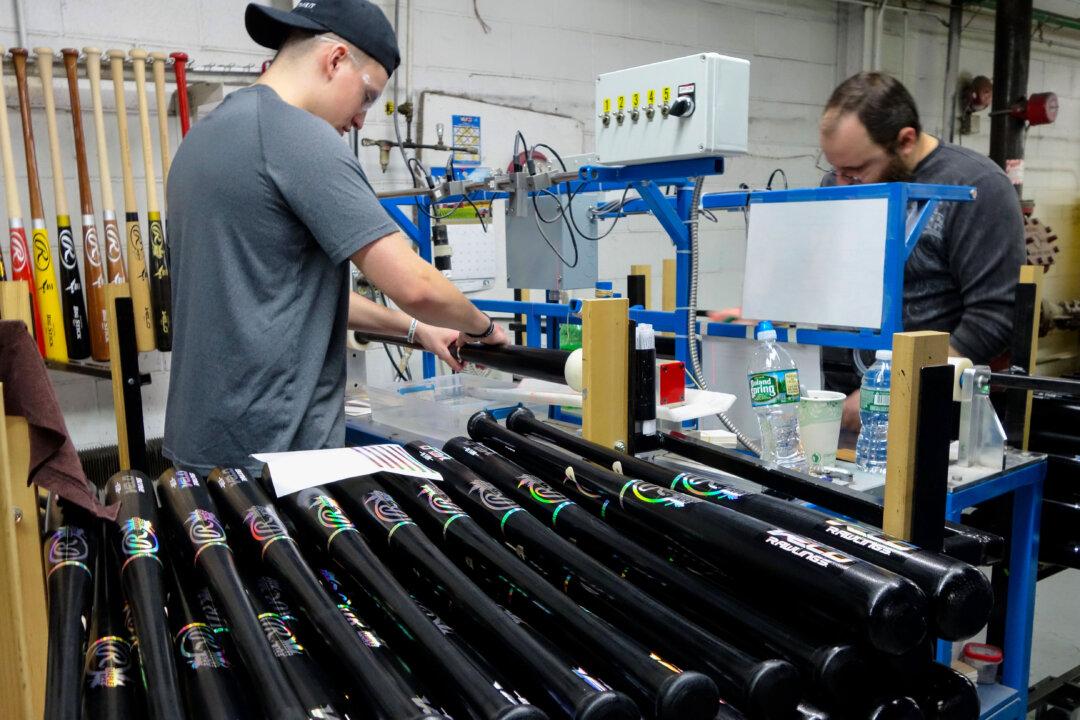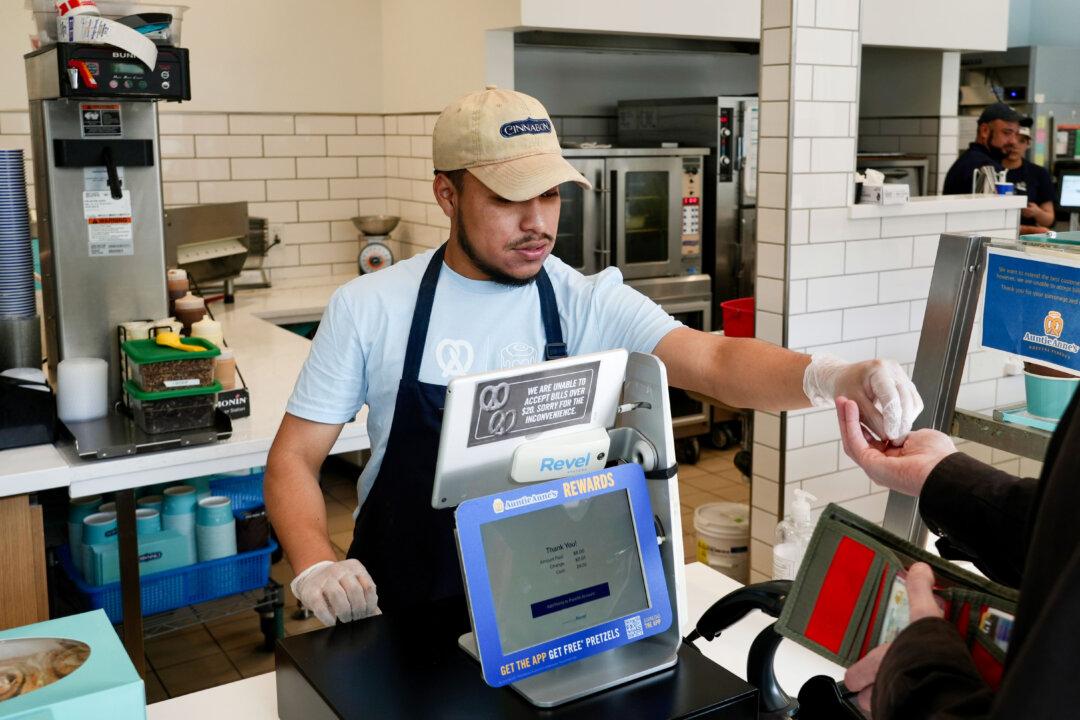Homeowners who took advantage of low interest rates years ago now face mortgage rates upward of 8 percent and aren’t moving. Referred to as the “lock-in effect,” those rooted residents have dramatically affected what has become an inventory-depleted housing market. But those locked-in homeowners are also relishing near-record equity levels that have built up in their investments.
Bankrate’s national survey of lenders reported that the average 30-year mortgage was under 3 percent in early 2021, during the global pandemic. With homeowners now sitting on those interest rates, mortgages have amassed $1.5 trillion in equity in the past 12 months, according to CoreLogic, with total net equity hitting $17 trillion at the end of the first quarter of 2024.
“The biggest driver (of the home equity numbers) are the rates of home price appreciation and the levels of leverage they came in with,“ CoreLogic Chief Economist Selma Hepp told The Epoch Times. ”Homeowners are showing patience because the equation is different now. It’s mainly because if you were to sell now, to be able to maintain the same mortgage payment on another home would be impossible. Home prices are up 40 percent, so they’d have to go somewhere significantly cheaper to buy another home.”
However, with the increased equity and no immediate desire to move, some homeowners are looking at ways to tap into that money for cash investments. According to a report from ATTOM, a land, property, and real estate data company, in the first quarter of this year, homeowners took out nearly four times the number of home equity lines of credit (HELOC) in 2021. Just less than 50 million homeowners currently have access to equity they can tap, averaging $206,000 each.
While using one’s home equity might be a good option for some homeowners needing to borrow at affordable rates for home renovations or debt consolidation, not everyone is convinced that HELOCs are the best option.
“I think a good reason for a HELOC is if you have extreme credit card debt. But some people are using them for real estate investments, too, and I’m not a big fan,” Yechiel Zeilingold, a loan officer with FM Home Loans based in Brooklyn, New York, told The Epoch Times.
“People need to realize that HELOCs are not fully amortizing. They don’t finish. After 10 years, the homeowners are sometimes having to pay a full balloon payment with the loan aligned with the prime rate if they’re not at a fixed rate. Some people are taking on more than they can afford. If the loans are interest only, once your term is done, and you’re stuck based on the prime rate, it’s a very scary thing to do, even more so than credit card debt.”
CoreLogic’s Ms. Hepp said that taking out HELOCs in the current market may not be the easiest choice for everyone, especially compared to years before the Great Recession when getting a loan for anything from debt relief to vacations was effortless.
“Back then, all you had to do was dial a number and get a loan, and now, there’s so much more processing of your information and income and employment verification and it’s very different. People, I think, have learned that. For those who have played that game, they also learned what happens if home prices come down, not that right now that’s in anybody’s forecast.”
But with or without a desire to take out a HELOC, homeowners are showing few signs of making moves to alter the current lock-in effect. Early this year, the Federal Housing Finance Agency (FHFA) issued a lengthy report called “The Lock-In Effect of Rising Mortgage Rates.“
The report detailed that in the United States, nearly 50 million active mortgages have fixed interest rates, with most far below prevailing market rates, thus creating a disincentive to sell. The FHFA concluded that for every percentage point that market mortgage rates exceed the origination interest rate, the probability of sale is decreased by 18.1 percent, leading to a 57 percent reduction in home sales with fixed-rate mortgages and preventing 1.33 million sales between the second quarter of 2022 and the fourth quarter of 2023.
“Absent a dramatic decrease in [mortgage] rates, it looks like lock-in could be with us for a long time,” the FHFA researchers concluded.
“I don’t believe the lock-in effect is a forever thing,” Ms. Hepp said. “It will eventually thaw out, and there are some who have to move for life reasons. But insurance costs are also soaring as well as property taxes, and people with fixed incomes cannot afford these changes.”







